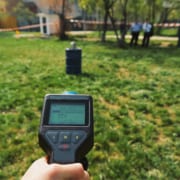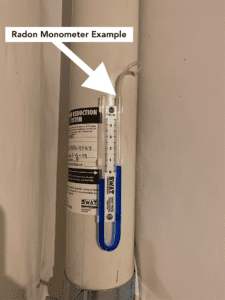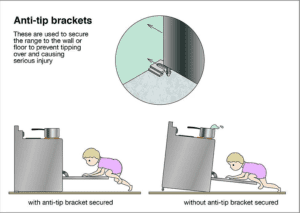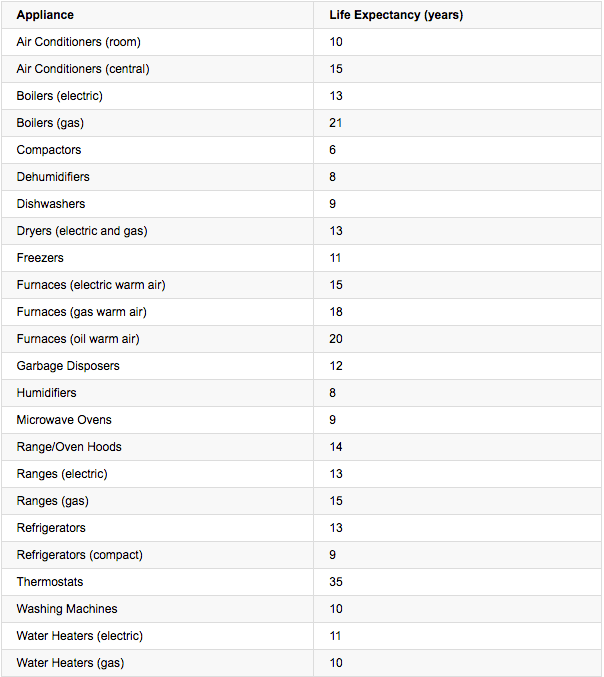Before the Home Inspector arrives.
Use these 5 tips to prepare your home before the inspector arrives.
1) Make sure you give access to the entire home (Interior and Exterior). Obviously, the front door will need to be opened and the entire house will need to be unlocked. But think about other locks, door codes and access points that are not so obvious to guests. If an Inspector cannot access a crawl-space because there is a refrigerator blocking the access point or there is a security fence in the backyard without a key, the inspection will not be able to be completed on time. Make sure to let the inspector know of any home security codes as well. Your agent should be able to help you pass this information along. Read about what areas are going to be inspected here.
2) Clean up personal items. This is an important one. Inspectors will not move personal items in order to inspect areas of the home. Leaving items in the way can block an inspector’s view, and they will have to make note of that. To avoid any call backs and delays due to personal items, clean and organize a little. Make sure there is a pathway to all major systems (Furnace, Air Conditioner, Electrical Panels, Under-sink Cabinets). Move clothing in a closet that has an attic access. Take children’s toys out of the bath tubs. Allow entry into the crawl-space and attic. You get the idea.
3) Leave the utilities on. Unless there are preexisting safety concerns or a licensed professional has turned them off, the utilities should be left on as usual. This allows the inspector to test each major component within the home. If the home has been vacant for some time and the utilities cannot be turned on, make sure all parties are aware of it prior to the inspection.
4) Take Fido to the park. I know, I know…Fido is just the sweetest Great Dane that has ever lived and he would never bite a guest. That’s great. Well, Fido may decide that the unfamiliar inspector who looks different, is poking around the food dish and is stepping on his favorite squeaky toy is actually NOT welcome today. It’s an awkward situation for the inspector, and for Fido. Make plans to keep the pooch outside when the inspector is inside, or vise versa. Although we are “Pet Friendly” inspectors, and your pet snake is very cool, please keep him in the cage today….locked!
5) Take yourself to the park. (Or the Mall). It’s your home so it is obviously your choice, but there really isn’t any point in staying in the house while the inspection is taking place. What we prefer at Green Door Home Inspections is to meet the owner at the scheduled time for a handshake and to discuss anything that hasn’t already been addressed. Let us know if you’d like a call when we are finished up. If you decide to stay throughout the inspection, please, give us a little breathing room. This is not the time to discuss concerns with your home, brag about paint colors, or to showoff your doll collection. These inspections can take a lot of time, lets get it done as efficiently as possible.
Spend a few minutes following these tips and preparing for your home before the inspector arrives to ensure a smooth process without the call backs.










